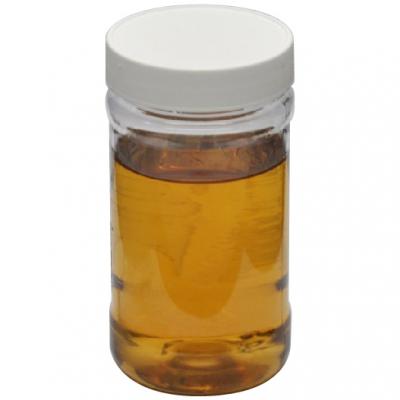1. Polyester fabric
Disperse dyes have good leveling properties when dyeing polyester, and all dyeing fastnesses are very high. Polyester levelling agent ensures an even distribution of dyes and colorants across polyester fabrics.
At present, the high-temperature and high-pressure dyeing method of disperse dyes is mostly used for polyester dyeing, but it is difficult to color dark dyes and will cause environmental pollution. Therefore, polyester simulation technology and product development have been the most active research topics in the textile industry in the past two decades. The superfine polyester fabric has a fast color absorption rate, and an appropriate leveling agent should be added to the dyeing bath to improve leveling.
The leveling agent must have the following properties:
(1) Good slow-dyeing effect;
(2) Good migration effect;
(3) Good dispersion effect, especially for dye dispersion at higher temperature (such as 80 to 120℃);
(4) Do not affect the dye uptake rate and colored light;
(5) Good stability against hard water and various heavy metal ions.
2. Polyester microfiber
Compared with ordinary fibers, ultra-fine fibers have the characteristics of small filament size, large specific surface area and high amorphous content, which can easily cause uneven dyeing. Therefore, it is very important to choose a suitable leveling agent.
Levelling agent can significantly reduce the initial adsorption percentage of disperse dyes, improve the desorption and migration of dyes at the initial stage and at high temperatures, and increase the high temperature dispersion and compatibility of dyes. Traditional disperse dyes can be used to dye superfine fibers in the presence of levelling agents.
In addition, β-cyclodextrin is also an effective leveling agent in the study of dispersion dyeing of polyester microfibers. Cyclodextrin is a multimeric cyclic glucose produced by the degradation of polysaccharide starch by cyclodextrin glucosyltransferase through biotechnology. Among them, the special cyclic structure of β-cyclodextrin can form clathrates with most cationic dyes, causing it to be released slowly during the dyeing process, slowing down the E dyeing rate and thus playing a leveling effect. And the use of β-cyclodextrin does not affect the final surface color depth and color fastness of the dye, but it should not be used simultaneously with surfactants. The β-cyclodextrin ring has a moderate size, high solubility in water, and can be biodegraded. It has a wide range of application prospects in printing and dyeing processing.



 English
English  日本語
日本語  Español
Español  tiếng việt
tiếng việt  Türkçe
Türkçe  ไทย
ไทย  українська
українська  हिंदी
हिंदी  বাঙালি
বাঙালি  اردو
اردو 

